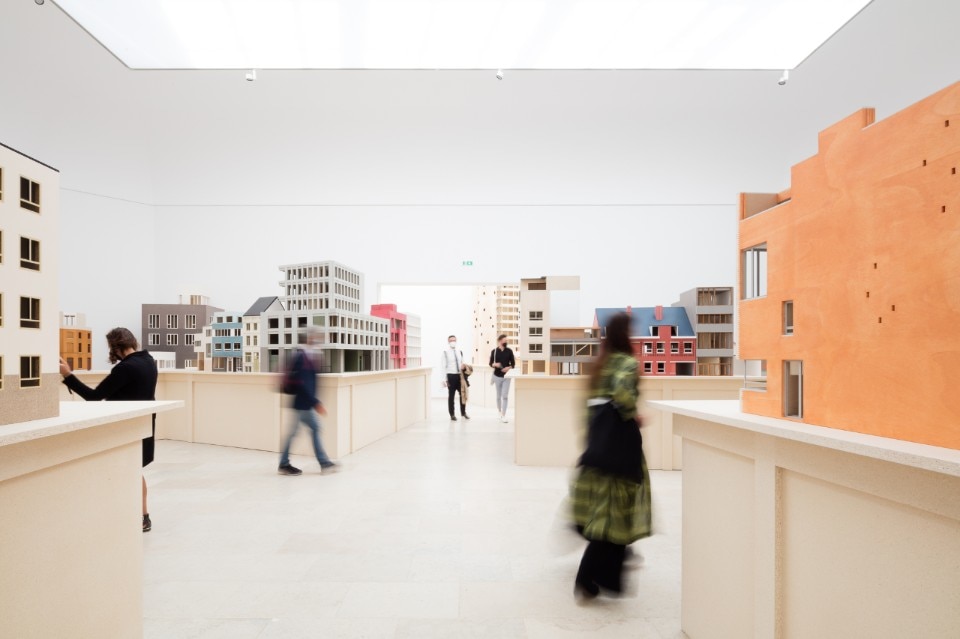The highest of spirits, if we want to call them this way, have been misanthropist”, wrote Sicilian philosopher Manlio Sgalambro – long-time collaborator of late visionary musician Franco Battiato – in his “Della Misantropia” (“On Misanthropy'') (Adelphi). A condition – the one that characterises physical and spiritual isolation, asceticism and misanthropy – that is often shared by the great thinkers of our society, and that now clashes with the theme around which the seventeenth Venice Architecture Biennale revolves.
“How will we live together?” is the question Hashim Sarkis asked to the curators of the Biennale pavilions. The concepts of community and togetherness, perceived more like the imposition of an architect élite on the public rather than like an urge stemming from global populations, have been controlling the narration of the industry for a while now, maybe for too long. It intertwines with other trending themes of contemporary public discourse like, for instance, ecologism, climate change, and the rather vague concept of ‘inclusivity’.
These are all themes that are, yes, of essential importance and rich in opportunities to question the future of the planet, however the way they are addressed in Venice is nonetheless approximative. Many are the catchy slogans that, though, fail in critical depth. One should, for instance, think of the echo Fridays for Future had, to which – at least for now – no pragmatic answers have followed.
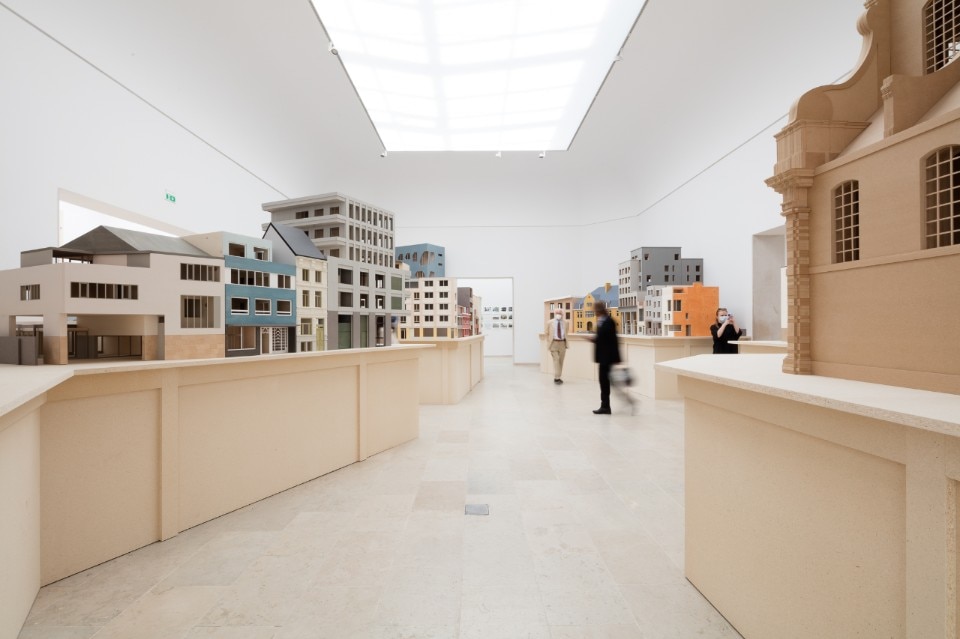
In 1973 the Afro-American musician Timmy Thomas released his biggest hit “Why Can’t We Live Together”. A rhetorical question, actually a rhetorical scream full of insufference for the impossibility to harmoniously live together among different cultures in a country, like the United States, deeply scarred by racial tensions and by the consequences of the Vietnam War.
Fifty years on, in the Biennale pavilions, surrounded by a plentitude of beautiful words – not without some spelling and editing mistakes in the explicative panels –, the curators try their best in persuading us about the need to live together, however without much interest in explaining how to do so. Although answers to the Sarkis’ question are provided, the impression is that the issue is embraced in a condescending way and fully taken for granted. A phenomenon that, therefore, suggests that also the architecture world is not immune to that attitude of conformist rebellion that pervades contemporary society, from politics to the world of art critics; a sign of how detached the fore-mentioned élite is from the stringent issues of terrestrial communities.
The militant and political sphere of the discourse is, no wonder, left on the margins of the Biennale (the Great Britain pavilion is one of the few to stand out in this direction), limiting the rest of the exhibition to a series of dioramas with a certain miniature park aftertaste to them (Belgium, Switzerland), sterile provocations (Germany), and many installations that sound – with an abundance of rhetorics – like alarm bells on the health conditions of the planet, and a series of case studies that, although offering pleasing historical insights, dance around the topic of collective life without addressing it for good.
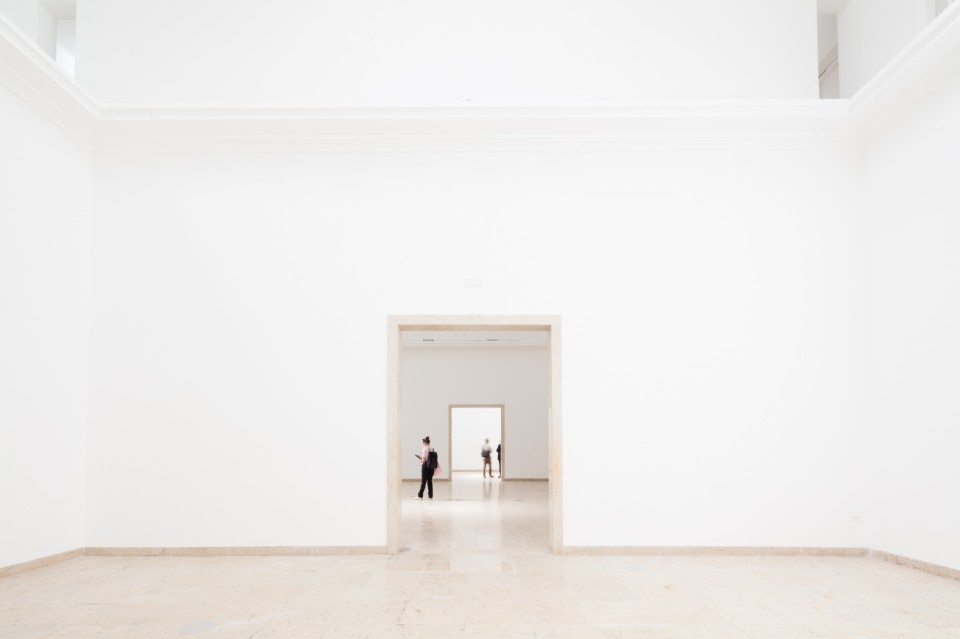
The lack of critical and persuasive answers raises, as a consequence, another question, for sure cynical, but nonetheless legitimate: why living together at all costs?
“I don’t feel like diving into the tangle of roads / So heavy with fatigue are my shoulders / Leave me here like some thing placed in a corner and forgotten”, wrote Giuseppe Ungaretti in “Natale” (“Christmas”). The theme of solitude as a necessity for the enrichment of one's soul, but also as diffidence towards the masses, after all, is historically recurring in both high and low culture. Poet Paolo Buzzi wrote: “Child, I desired to hide in corners / In solitude the darkness scared me / My closed room, my shrouded alcove, my hard silence: the word to the letters, to the books / For this I believe to a future and eternal great Happiness.” Also think, for instance, of the splendid “After Hours” by The Velvet Underground, where solitude becomes the virtue of the outsider.
It surely is appreciable the light shed on collectivity as an opportunity to reduce the anthropological impact of the post-industrial society. Take the projects presented by Brazil and Portugal focussing on the requalification of run down working class areas as an opportunity to instill a new feeling of belonging towards local communities.At the same time, though, the emphasis put on on the theme of socialisation and collectivity is also a consequence of a cultural status quo where the intimate and public dimensions of one’s life constantly overlap. Hence, the risk is that to misplace people’s constant inclination to wireless socialisation (in matters of both informal friendships and remote work relationships) with their predisposition to do so in real life too.
The rising social media alienation has, in fact, contributed – especially in the West – to the creation of an increasingly egocentric society. A social pattern that, added to the rising selfishness of the late capitalist society, highlights the criticality of harmonious collective living conditions; especially when citizens come from a plethora of different cultural and ethnical backgrounds.
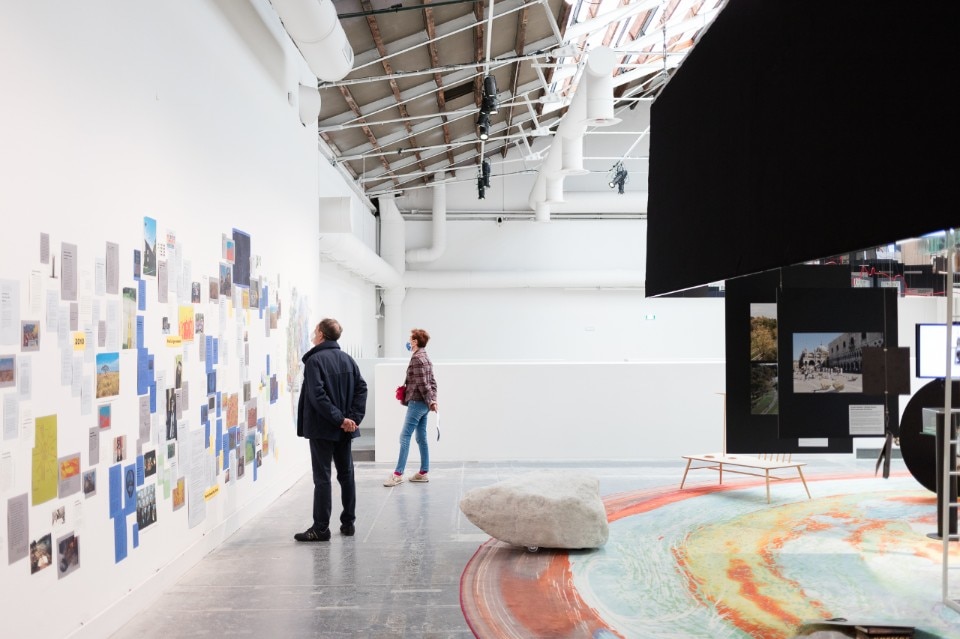
In regard to this, a study published in the Journal of College and University Student Housing (Mollina & Co., 2015) demonstrates the students’ difficulties to establish a positive relationship with their dorm roommates in days of exponential growth of individuality and use of social media.
Many are, then, the studies (Alex Duell in Philosophy Now, May 2021; Zhu et al. in the International Journal of Affective Disorders, February 2021; Rowe et al. in the European Journal of Tracing Systems, July 2020) that are highlighting the increasing incompatibility of men with communal living following the feelings of alienation and post-traumatic stress disorder influenced by the implementation of anti-Covid norms, like social distancing or tracking apps.
Dynamics that, if put together with the youngests’ reluctance to set up families, leave us with many unanswered questions on future collective scenarios. Will we head towards macro-communities of digital nomads facing the challenge of a collectivity and solidarity to be built anew, or will we succeed, especially in the West, to promote an integration of cultures able to bring civilisation forward while respecting the territory?
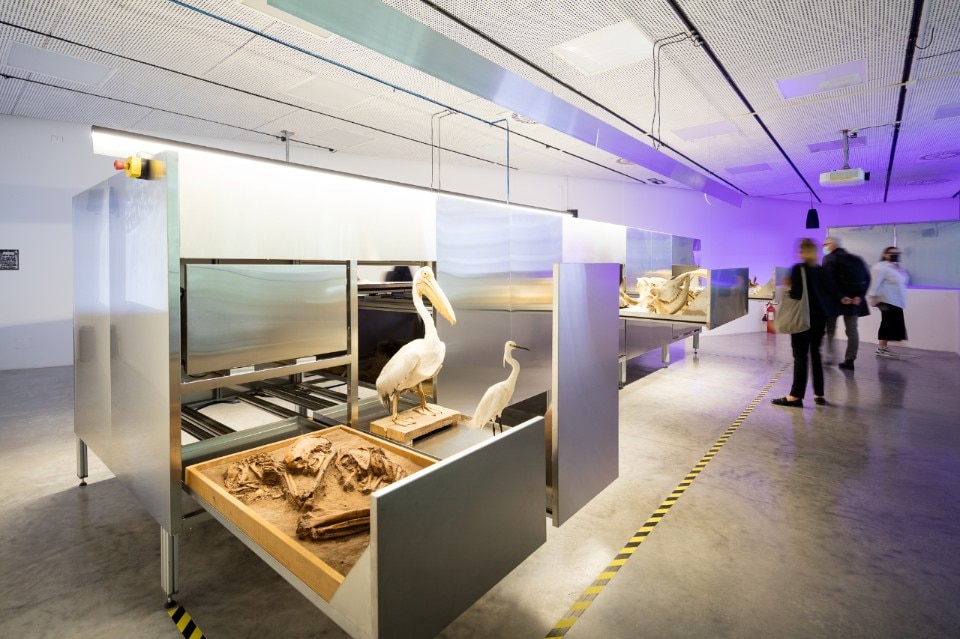
Other questions rising spontaneously regard the civic education to self-sustainable and communitarian models of society. Are we actually equipped – equally in all countries – with the civic education sufficient to guarantee a long-term achievement of the projects proposed at the Biennale? Think, for instance, to the failure of some sharing mobility programmes, like the bicycles that are often and rapidly object of vandalisation or neglect, or to the concerns over safety regarding platforms like Uber or Bla Bla Car.
Think also of how the lack of precise regulations on the use of electric scooters has transformed an opportunity for a virtuous mobility model into a potential source of architectural barriers.
Can we really think of sharing spaces if we lack the necessary feelings of attachment to a community required for its nourishment and conservation? The projection of a globalised culture doesn’t, in fact, clash with that solidarity typical of small communities that we can still partly, although hardly, trace in few rural areas – soon destined to disappear – that have only been partially affected by the most aggressive forms of capitalism?
That’s why the fascinations of many curators seem to be suffering from a utopian approach to the theme. Not that this should be considered wrong – it is actually well legitimate to be nurturing the hope for the creation of a more inclusive future – but, at the same time, it cannot be denied its naive nature. Simply consider how the approach to many topics – from ecologism to migrations – seems to be stuck to forms of representation still rooted in the Twentieth century. One example, above all, is the case of the extraterrestrial living solutions proposed with the typical imagery of the 1960s Space Age, à-la “2001: A Space Odyssey”.
Our society's dedication to feeding what Luc Boltanski defines “the big middle-class”, that capitalism generated starting from the ‘80s – when the concept of “exclusion/inclusion” replaced the debate on social classes –, is mirrored by a Biennale that aspires to dialogue with everyone but that ends up not persuading anybody. The obsession for a forced and homologating collectivity had the result of transforming the Biennale gardens into a theme park for disoriented tourists hungry for interactive stimuli, like in your average amusement or aquatic park.
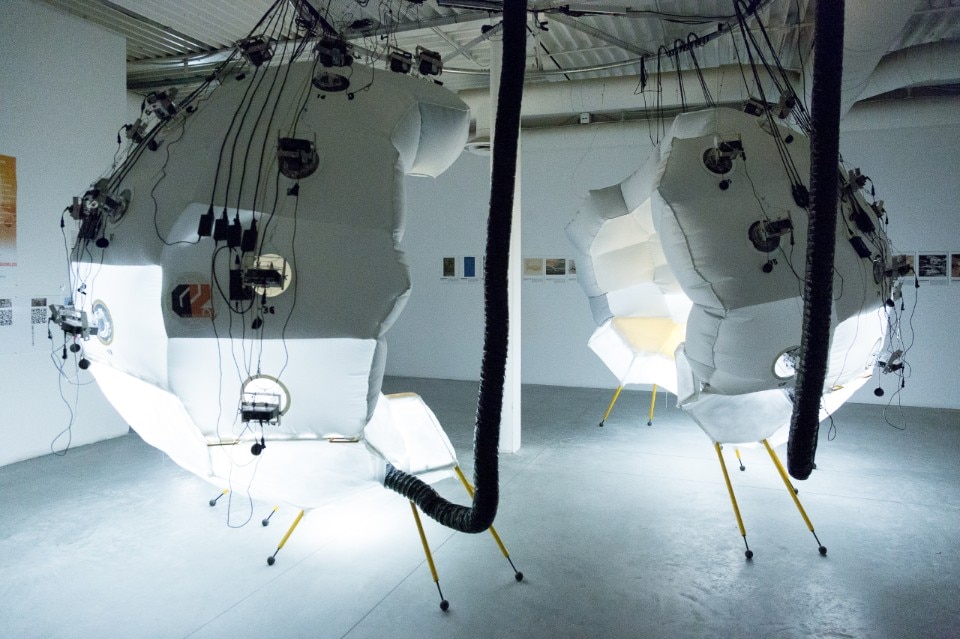
The theme of a new collectivity as a necessity for the future of urbanisation reminds us of Brasilia, a place in fact conceived like the virtuous model of the city of the future in that hangover of optimism and maximum faith in technology that the years of the Space Race incarnated.
On the new administrative capital of Brazil, on Domus n.434, January 1966, Cesare Casati wrote of how its residential districts, the ‘Super-Quadra’ (“small cities inside the city”), were “intended to be true communities, to be a microcosm of the whole city with all its variations: there are, therefore, in Brazilia no fashionable quarters and no depressed ones either.” An exciting and – for the times definitely revolutionary – concept that, at the same time, left the author with doubts on the future of Brazilia, a city “with all its potential of development or self-destruction”. A sentence that, considering the city’s failure in embodying a long-lasting and successful model of collective life, now sets off alarm bells.
“I always thought that nature was the sound of houses too,” affirms cross-medial artist Giacomo Laser in his latest videography effort recently showcased at the Pesaro Film Festival. The thought therefore suggests the importance that should be assigned to the harmony – both material and spiritual – between people and the spaces their life is conducted within; a relevance that comes before that assigned to the man intended as a part of a community or of a shared environment.
The reclamation of individual spaces, hence, results legitimate, not out of arrogance towards the aforementioned essential themes, but as a condition necessary to many individuals. Praises should therefore go to those who, in the society of superficial solidarity and social media collectivity, can still admit their misanthropy, or claim their right to intimacy.
Sardonical stands, locked and neglected, among the paths of the Biennale gardens, the Yugoslavian pavilion, a reprimand of a socialism that little has to share with the champagne socialism pervading way too many of the projects showcased in Venice.
Opening image: Il padiglione del Belgio alla XVII Biennale di Architettura di Venezia. Photo: Giulia Di Lenarda, Giorgio De Vecchi.


